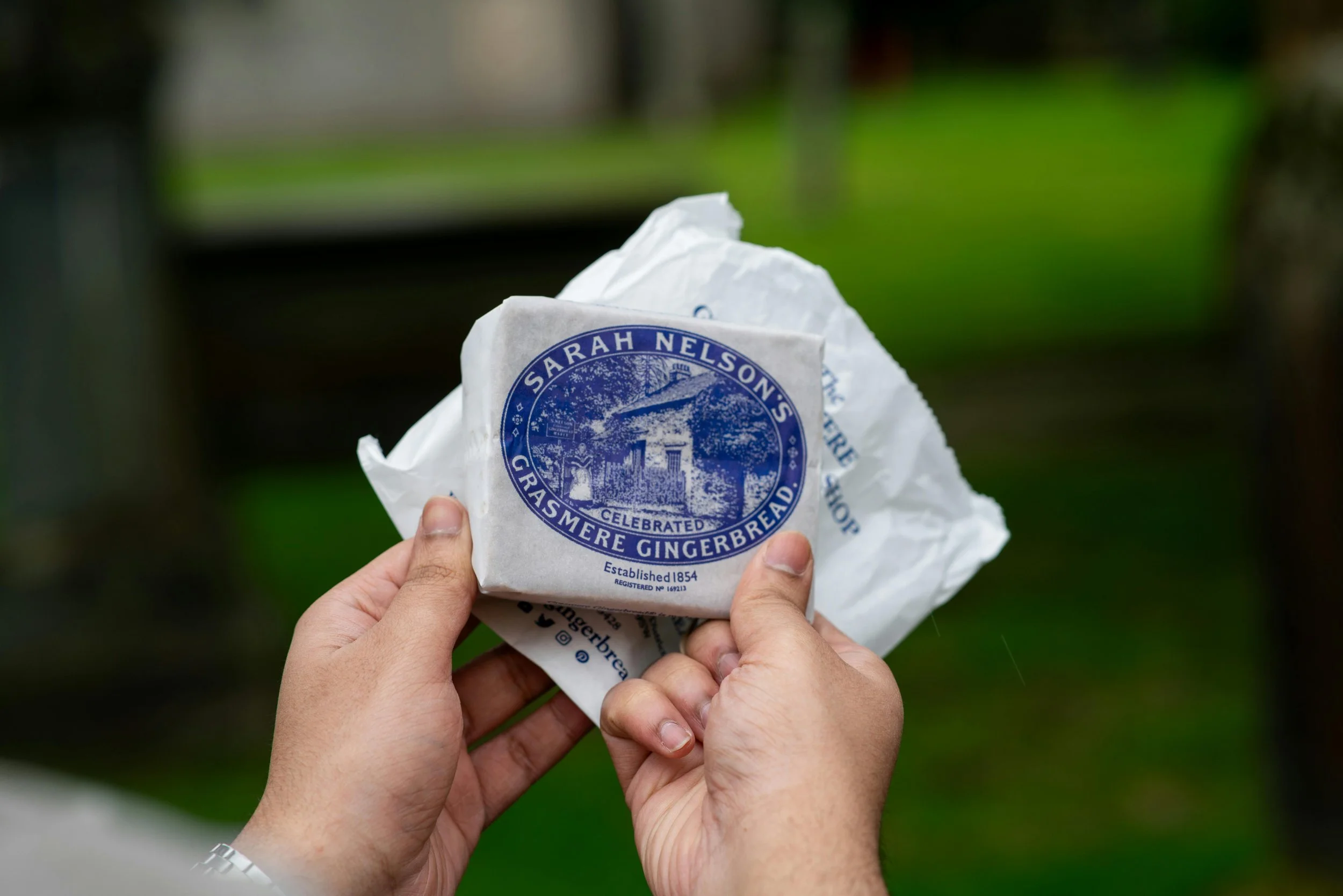In today’s competitive market, packaging is far more than just a container for products—it is the first impression, a brand’s silent ambassador, and a powerful tool for engaging consumers. As we move into 2025, several key trends are reshaping how consumer packaged goods (CPG) are designed and marketed. This post delves deep into the latest trends from sustainability and smart technology to disruptive “chaos packaging” and sensory experiences. Whether you’re a brand looking to reinvent your packaging or a marketer seeking to improve your SEO ranking, this guide will provide actionable insights and creative inspiration.
The Evolving Role of Packaging in the CPG Industry
Packaging design has always been essential to a product’s success. However, with changing consumer expectations, technological advancements, and a growing focus on sustainability, modern packaging is now a blend of art, innovation, and functionality. The packaging trends for 2025 not only aim to capture attention on crowded retail shelves but also deliver a memorable user experience—both physically and digitally.
Today’s consumers are more informed and socially conscious than ever before. They demand products that not only work well but also reflect their values. Brands that embrace eco-friendly practices, offer interactive experiences, and provide personalized touches have a significant competitive edge. Let’s explore these trends in detail.
1. Sustainability & Circular Packaging
Sustainability remains the dominant force in packaging design as brands work to minimize their environmental footprint while appealing to eco-conscious consumers. In 2025, the emphasis on circular packaging is driving innovations across the industry.
Eco-Friendly Materials and Design
Biodegradable and Compostable Options: Brands are increasingly using materials such as seaweed-based films, mushroom mycelium, and sugarcane fibers. These materials break down naturally, reducing waste and environmental impact.
Mono-Material Packaging: Simplifying recycling processes by using single-source materials is another popular trend. Mono-materials eliminate the challenges of mixed recycling streams and enhance the recyclability of packaging components.
Refillable and Reusable Systems: Many companies are designing packaging that can be refilled or reused, promoting a circular economy. By encouraging consumers to repurchase refills rather than disposing of the container, brands can significantly reduce waste.
This focus on sustainability not only meets consumer demand for eco-friendly products but also builds trust and credibility in the marketplace. According to industry insights, innovations in sustainable packaging are becoming a key differentiator for brands in the highly competitive CPG landscape.
2. Interactive & Smart Packaging
As digital technology continues to influence consumer behaviour, packaging is emerging as a critical interface between the physical and digital worlds. Interactive and smart packaging trends are designed to create an engaging and personalized experience.
Enhancing Consumer Engagement
QR Codes, NFC, and AR: By embedding QR codes or NFC tags, brands can lead consumers to digital content, tutorials, or exclusive promotions. Augmented reality (AR) experiences allow consumers to interact with the packaging in new and unexpected ways, making the product a gateway to the brand story.
Dynamic Content and Personalization: Smart packaging can provide real-time updates, personalized messaging, and even product usage tips. This approach not only increases customer engagement but also creates a unique user experience that reinforces brand loyalty.
The integration of digital features into packaging helps transform a one-time purchase into an ongoing brand experience. This trend is particularly effective in a landscape where consumers expect more than just a product—they want an immersive interaction.
3. Dynamic Disruption: The Rise of “Chaos Packaging”
In an era of information overload and intense competition, standing out on the shelf is crucial. One innovative approach gaining traction is “chaos packaging.” This disruptive trend involves using unexpected, unconventional designs to capture the consumer’s attention quickly.
Breaking the Mold with Unexpected Designs
Unconventional Formats: Imagine tampons packaged in ice cream tubs or gin in containers resembling motor oil cans. These designs create a sense of cognitive dissonance—making consumers do a double-take—which is a proven way to drive social media buzz and consumer interest.
Attention-Grabbing Visuals: Chaos packaging turns everyday products into visual “billboards” that spark conversation and intrigue. While these designs are often employed by startups with agile branding strategies, they are proving effective in challenging traditional industry norms.
Balancing Creativity and Clarity: While disruptive designs can generate excitement, brands must ensure that the packaging still communicates essential product information clearly. It’s important that the creativity does not overshadow usability or cause confusion among consumers.
The success of chaos packaging hinges on its ability to generate organic attention without sacrificing the product’s core identity or functionality.
4. Modern Minimalism & Heritage-Inspired Designs
While disruptive and innovative designs have their place, many brands continue to benefit from the timeless appeal of modern minimalism combined with heritage elements. This approach strikes a balance between simplicity and emotional connection.
Clean, Minimalist Aesthetics
Less is More: Modern minimalist packaging uses clean lines, understated typography, and neutral colour palettes to communicate premium quality and simplicity. This “less is more” philosophy not only appeals to contemporary design sensibilities but also emphasizes clarity and sophistication.
Sustainability Benefits: Minimalist designs typically require fewer materials, which can contribute to a lower environmental footprint. By reducing unnecessary components, brands can streamline production processes and minimize waste.
Emotional Connection Through Heritage: Many companies are revisiting their brand histories to incorporate nostalgic elements into their packaging. Heritage-inspired designs evoke a sense of trust and authenticity, connecting emotionally with consumers who appreciate a brand’s legacy.
By merging the best of modern minimalism with cues from the past, brands can create packaging that is both innovative and deeply rooted in their identity.
5. Personalization & Customization
In a market where consumers crave individuality and tailored experiences, personalization in packaging is becoming increasingly important. Advances in digital printing and data analytics are enabling brands to create packaging that speaks directly to individual consumers.
Creating Unique Consumer Experiences
Limited-Edition and Seasonal Packaging: Brands are experimenting with limited-run packaging designs for special occasions or seasonal promotions. This not only creates a sense of urgency but also offers collectors’ value, making the product more desirable.
Customized Messaging and Artwork: By leveraging customer data and digital printing technologies, companies can produce packaging that features personalized messages or artwork. This can range from including a customer’s name to designing artwork based on regional trends.
Enhanced Brand Loyalty: Personalized packaging fosters a deeper emotional connection with consumers. When customers feel that a product is made specifically for them, it can significantly enhance brand loyalty and drive repeat purchases.
This trend is especially effective on digital platforms, where unique packaging photos can generate social media buzz and organic shares.
6. Sensory & Experiential Elements
Packaging is increasingly becoming a multi-sensory experience. In addition to visual appeal, brands are exploring ways to engage other senses—touch, smell, and even sound—to create memorable experiences.
Engaging Multiple Senses
Tactile Enhancements: Incorporating textures through embossing, soft-touch coatings, or raised typography can make packaging more engaging. These tactile features invite consumers to interact with the product, creating a lasting impression.
Scent-Infused Packaging: Some brands are experimenting with packaging that releases subtle scents. This innovative approach can enhance the unboxing experience and help reinforce brand identity through an olfactory cue.
Dynamic Visual and Audio Elements: Beyond physical textures, some packaging now includes elements that change colour based on temperature or light exposure. In some cases, audio cues (triggered by opening the package) further enhance the sensory experience.
These multi-sensory experiences not only delight customers but also encourage social sharing, making them a powerful tool in a brand’s marketing arsenal.
7. Functional & Practical Design
While aesthetics and innovation are vital, functionality remains at the core of effective packaging design. Practical design ensures that the packaging protects the product, enhances usability, and meets regulatory requirements.
Enhancing Usability and Efficiency
User-Friendly Features: From resealable closures and ergonomic designs to tamper-evident seals, practical packaging features help improve the overall consumer experience. These elements ensure that the product remains fresh, safe, and easy to use.
Optimized Sizing: Right-sized packaging minimizes material usage and reduces waste, which is especially important in today’s eco-conscious market. By designing packaging that is perfectly proportioned to the product, brands can also cut down on shipping costs and improve logistics.
Barrier Innovations: Advances in barrier coatings and multi-layer films help extend shelf life and maintain product quality. Whether it’s preserving the freshness of food products or protecting delicate beauty items, functional packaging is a critical component of product success.
Functionality and practicality ensure that the product performs as promised, which in turn builds consumer trust and reinforces the brand’s reputation.
Bringing It All Together: Creating a Unified Packaging Strategy
To truly succeed in today’s dynamic market, brands must consider how these trends work together to create a unified packaging strategy. An effective packaging solution is not just about one element—it’s the result of integrating sustainability, digital innovation, creative disruption, and functionality.
Steps to Develop a Winning Packaging Strategy
Understand Your Audience: Conduct market research to identify your target consumer’s values and preferences. Are they more focused on sustainability, or do they crave a high-tech interactive experience?
Define Your Brand Identity: Your packaging should reflect your brand’s personality. Whether it’s through minimalist designs that exude premium quality or bold, disruptive visuals that grab attention, consistency is key.
Leverage Technology: Incorporate digital features such as QR codes and NFC tags to provide added value. These interactive elements can turn a simple package into an engaging customer touchpoint.
Embrace Sustainability: Consider eco-friendly materials and design methods that reduce waste and lower the product’s carbon footprint. Sustainability is no longer optional—it’s a necessity.
Test and Iterate: Launch pilot programs to test new packaging designs with your audience. Gather feedback and make adjustments to ensure that the design not only looks good but also functions effectively.
Tell a Story: Use your packaging as a storytelling tool. Whether through heritage-inspired designs or personalized messages, connect with your consumers on an emotional level.
By combining these elements, brands can create packaging that not only stands out on the shelf but also delivers a cohesive and memorable consumer experience.
Why Packaging Trends Matter for Your Business
Investing in innovative packaging design isn’t just about aesthetics—it’s about driving business growth. Effective packaging can:
Increase Sales: Eye-catching, functional packaging attracts new customers and can drive impulse purchases.
Enhance Brand Loyalty: Personalized and interactive packaging creates deeper connections with consumers, encouraging repeat business.
Improve Sustainability Metrics: Eco-friendly designs reduce waste and lower production costs over time, making your brand more competitive.
Generate Organic Buzz: Innovative packaging often leads to social media shares and free word-of-mouth promotion, reducing marketing costs.
As consumer expectations continue to evolve, keeping pace with these trends can help your brand stay relevant and competitive in an increasingly crowded marketplace.
Final Thoughts
The packaging design landscape in 2025 is a dynamic mix of sustainability, technology, creativity, and practicality. From the eco-conscious appeal of circular packaging to the disruptive impact of chaos packaging, and the personalized touch of smart design, brands today have a wealth of options to make their mark.
By understanding and integrating these trends, you can create packaging that does more than protect your product—it becomes an integral part of your brand story. As you refine your packaging strategy, remember that the key is to balance innovation with functionality, ensuring that every element works together to deliver an outstanding consumer experience.
Whether you are revamping an existing product line or launching a new offering, embracing these trends can drive sales, enhance brand loyalty, and set you apart from the competition. In today’s fast-paced market, effective packaging isn’t just a design choice—it’s a strategic imperative.
As you move forward, consider how your packaging can be both a canvas for creativity and a tool for practical success. The trends outlined in this guide offer a roadmap to designing packaging that resonates, engages, and endures.
By staying ahead of the curve and continually innovating, your brand can turn everyday packaging into a powerful vehicle for growth and connection. Let 2025 be the year you transform your packaging strategy into a lasting competitive advantage.


